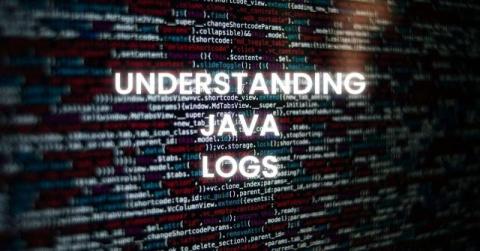Guide to incident response metrics and KPIs
IT incident management focuses on quickly identifying and resolving IT issues to restore normal service operations. Tracking key performance indicators (KPIs) of incident response is vital in minimizing service disruptions affecting customers and users. With so much data and many things to track, it’s difficult to identify which metrics and KPIs are right to track. What are the right incident response metrics to use to drive meaningful improvements?











